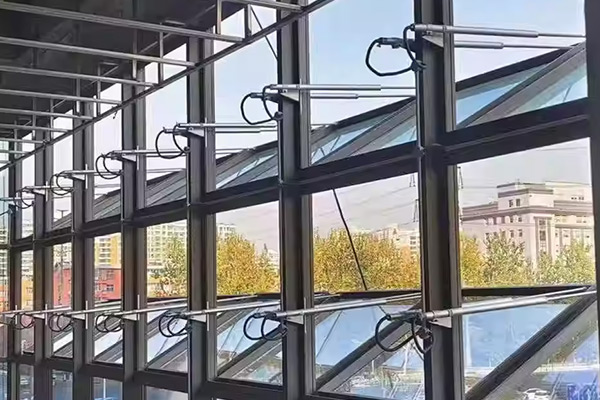The difference between electric lifting columns and manual tatami lifts
The main difference between an electric lifting column and a manual tatami lift is the difference in its driving method and the resulting function and user experience. Here is a detailed comparison:
1. Drive method:
Electric lifting column: The motor is driven by electric power, and then the table is lifted and lowered through mechanical transmission devices (such as gears, screws, etc.). Usually equipped with a remote control or button for operation.
Manual tatami lift: The rotating motion is converted into vertical lifting motion of the table through a human-driven mechanical transmission. Usually equipped with accessories such as a handle for operation.
2. Operation convenience:
Electric lifting column: It is very convenient to operate. Just press the remote control or button and the countertop can automatically lift and lower, saving time and effort, especially suitable for the elderly, children or occasions where frequent lifting and lowering are needed.
Manual tatami lift: It is relatively laborious to operate, requires manual force rotation of the handle or pressing mechanism, and the lifting speed is slow and time-consuming and labor-intensive.
3. Lifting stability and noise:
Electric lifting columns: Usually the lifting process is smooth and the noise is low, especially some electric lifts with better quality.
Manual tatami lift: The stability of the lift depends on the operator's strength and uniformity. There may be shaking or stuttering, and a certain mechanical friction sound may occur during operation.
4. Cost:
Electric lifting columns: Because they involve electronic components such as motors, control systems, and more complex mechanical structures, their costs are usually higher than manual lifts.
Manual tatami lift: The structure is relatively simple, mainly composed of mechanical parts, and the cost is low.
5. Installation complexity:
Electric tatami lift: The installation is relatively complicated, and it is necessary to consider the access to the power supply and the layout of the control circuit.
Manual tatami lift: It is relatively simple to install, usually only the mechanical parts need to be fixed.
6. Maintenance and durability:
Electric tatami lift: Electronic components and motors may be at risk of failure and require some maintenance. But if the quality is reliable, the service life will be longer.
Manual tatami lift: Simple structure, low maintenance cost, and usually better durability.
7. Functionality:
Electric tatami lifts: Some high-end electric lifts may have additional functions such as high memory, safety protection (if they are stopped when they are blocked), providing a more intelligent user experience.
Manual tatami lift: The function is relatively single, mainly implementing the lifting function.
Summarize:
When choosing an electric or manual tatami lift, you need to consider comprehensively based on your own budget, frequency of use, convenience needs and installation conditions. If you pursue a comfortable, convenient and intelligent experience, have a sufficient budget and allow installation conditions, an electric lift is a better choice. If the budget is limited, the operational convenience is not high, and the durability is paid to it, manual lifts are also an economical and practical choice.





